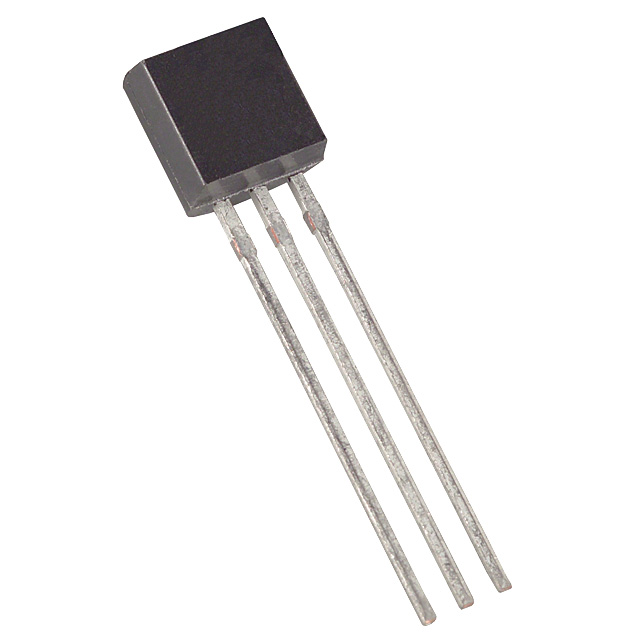OneWire Sensors
Powerful, flexible, inexpensive sensors
Overview
Maxim electronics manufactures a line of inexpensive digital solid-state temperature sensors that operate over the range of -55-125C. These are referred to as "one-wire" sensors, in that they require no power aside from that provided by the interface.
Each sensor has a unique ROM, and as such as many sensors as you like may be connected on a single interface. Because the sensors are digital, they do not require calibration, and do not suffer from the noise and drift typically associated with thermocouples. They do not require amplification or signal conditioning, or a dedicated interface for each sensor.
Layout/Deployment
Because the devices are individually addressable and communicate digitally to the interface, the layout options are infinite and flexible. Long cables: not a problem. Star/daisy/cats cradle: no problem. Nearly any configuration, and all to one bus. See here how we optimize our code in our software toolkit to maximize speed on multi-sensor networks.
To read multiple devices, the simplest and most commonly used method is to repeat the three steps above in the read operation. The result, however, is the majority of time being spent idly waiting for the conversion to take place. A more efficient method is to request all device conversions simultaneously, and return later to sequentially read the calculated values. Another benefit of this method is that the overhead for issuing multiple conversion times is included in the conversion wait time.
The Hardware
Because the devices are individually addressable and communicate digitally to the interface, the layout options are infinite and flexible. Long cables: not a problem. Star/daisy/cats cradle: no problem. Nearly any configuration, and all to one bus. See here how we optimize our code in our software toolkit to maximize speed on multi-sensor networks.
Typically, phone wire (RJ11) with 4P4C junction connectors and a 6P6C terminus is used with a USB dongle (typically either the Dallas/Maxim DS9490 or iButtonLink LinkUSB) to connect these to a Windows or linux PC. These may be used for any monitoring application where this temperature range is acceptable, with the dongle in the neighborhood of $30 and each sensor at $4-6 apiece.
Software/Interface
1Wire Development Toolkit
We have designed a flexible and versatile LabVIEW application development toolkit and suite of applications for use of one-wire sensors in whatever environment the user sees fit: hobby, instrument, environmental monitoring, or otherwise. We've optimized it for speed on multi-sensor networks and added in examples and help to get you going.
We have used the basic toolkit to create a wide variety of interfaces over the years, in scientific applications as well as for hobbies. Most recently, we have used the 1wire hardware and software to monitor a small-scale homebrewing operation. Here, the advantage of having multiple zones and multiple sensors per zones really paid off. We also use them for our fermenters and keeping them cozy. Follow the link below to learn more.
OneWire Utilities
